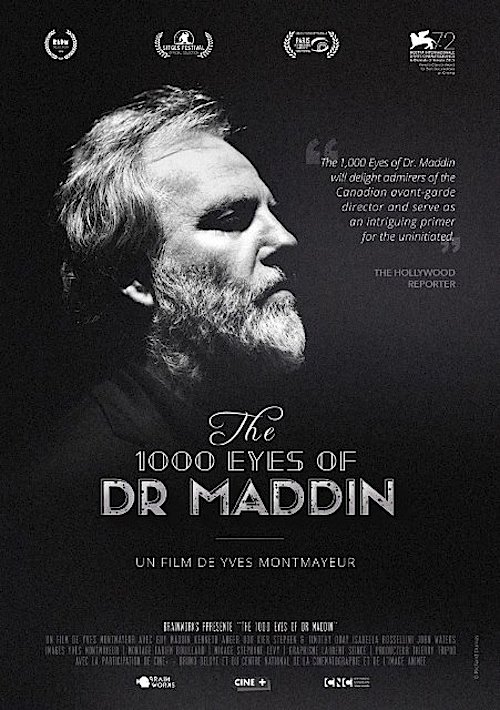By Joe Bendel. During the Cold War, America had jazz and the USSR had the Bolshoi Ballet. We won the Cold War, but the Bolshoi still tours internationally, spreading Russian prestige. However, backstage drama took a rather ugly and embarrassingly public turn in early 2013 when Ballet Director Sergei Filin suffered a potentially disfiguring acid attack. Instead of bringing the company together it exacerbated pre-existing fissures, at least according to Nick Read’s Bolshoi Babylon, which opens this Friday in New York.
Babylon starts with the sort of tellingly ironic intro we always appreciate. According to one Bolshoi insider, Russia has two internationally recognizable name brands: the Kalashnikov and the Bolshoi, but the one-time market leading AK-47 has since been eclipsed by other automatic rifles. That says a lot about Russia in general. Unfortunately, Read and credited co-director Mark Franchetti are generally more content to observe than to probe.
We learn there was already deep discontent with Filin’s tenure as Ballet Director, a post roughly analogous to artistic director. Soon, disgruntled Bolshoi dancer Pavel Dmitrichenko is arrested for the crime and the company quickly divides into opposing factions. Dmitrichenko, a Bolshoi legacy, makes no bones of his resentment for Filin, specifically blaming him for sabotaging his girlfriend’s career. For many, this criticism rings all too true.
Frustratingly, Read shows no determination to get to the bottom of the controversy. Instead, he periodically lets partisans from Team Sergei and Team Pavel vent. Much of Babylon proceeds like Frederick Wiseman’s La Danse, offering us opportunities to watch rehearsals and performances from the wings. That is not without interest, especially for ballet connoisseurs, but it avoids the 800 pound gorilla we hear is stalking through the halls of the Bolshoi Theater.

Frankly, Babylon is a maddening missed opportunity. We are told straight up, as the Bolshoi goes, so goes Russia. It hardly seems coincidental corruption threatens to tarnish the storied ballet at a time when the Putin regime has increasingly tightened its control at home and launched belligerent military campaigns against its neighbors, but Read won’t go there.
There is some interesting stuff in Babylon, but it feels rushed out and provisional. Clearly, the guts of this story remains to be told. As a result, Babylon is primarily for dance fans who want a peak behind the Bolshoi’s curtain than serious geopolitical viewers looking for insight into the powerful and privileged of Putin’s Russia. A disappointing and sometimes repetitive mixed bag, Bolshoi Babylon opens this Friday (11/27) in New York, at the Cinema Village.
LFM GRADE: C+
Posted on November 23rd, 2015 at 11:56am.







